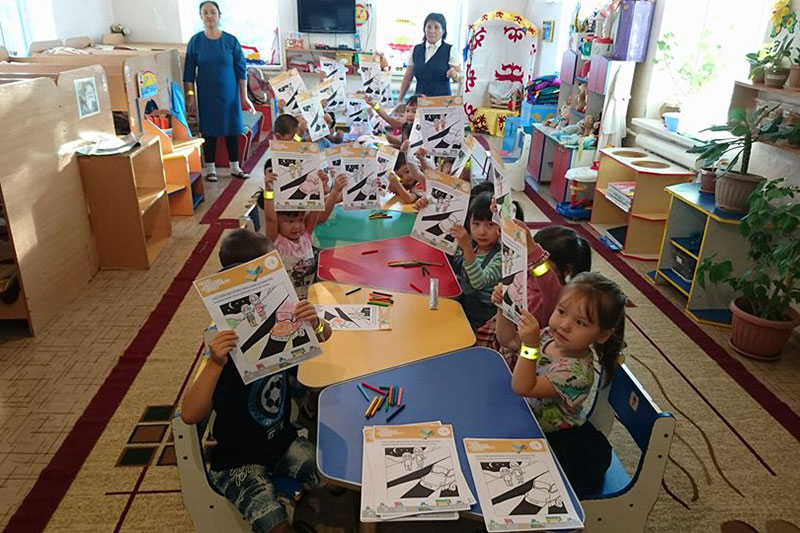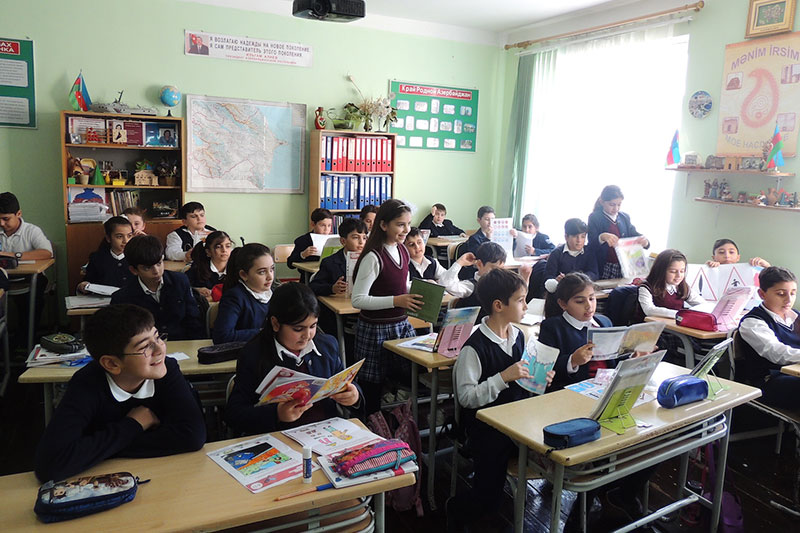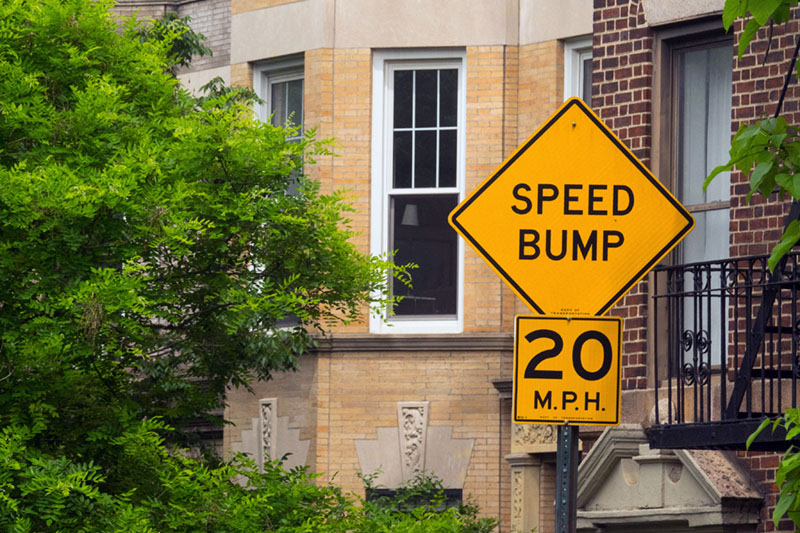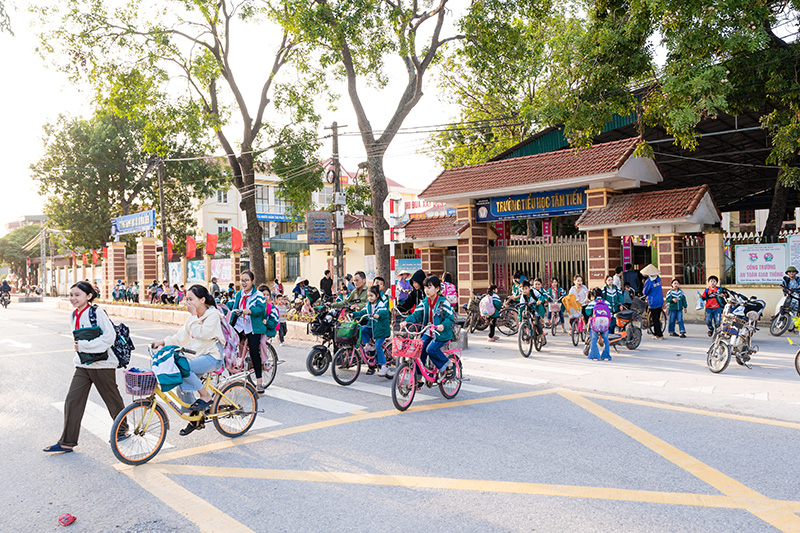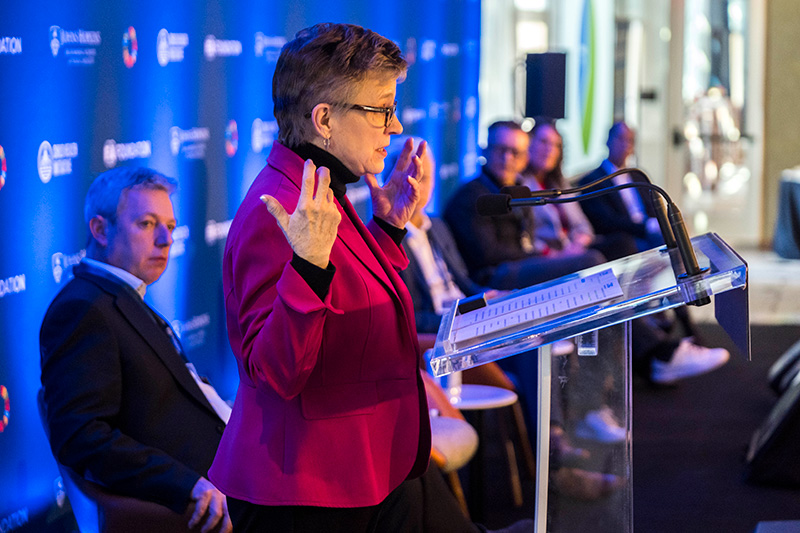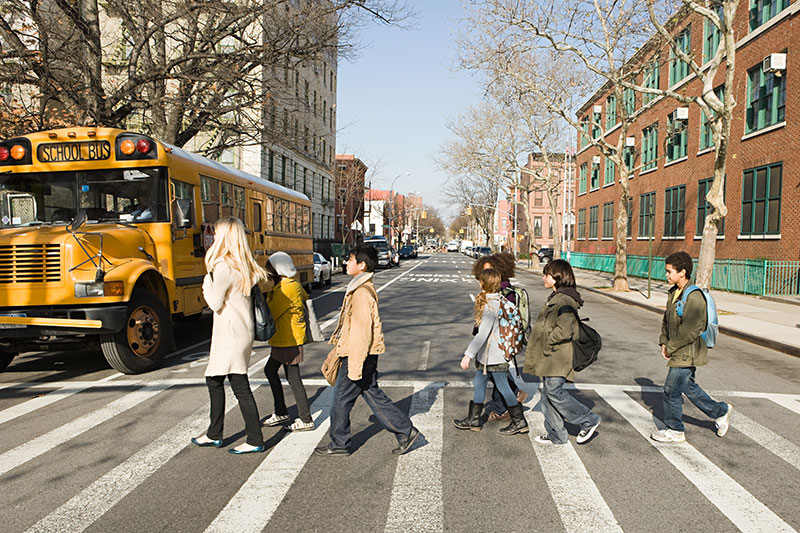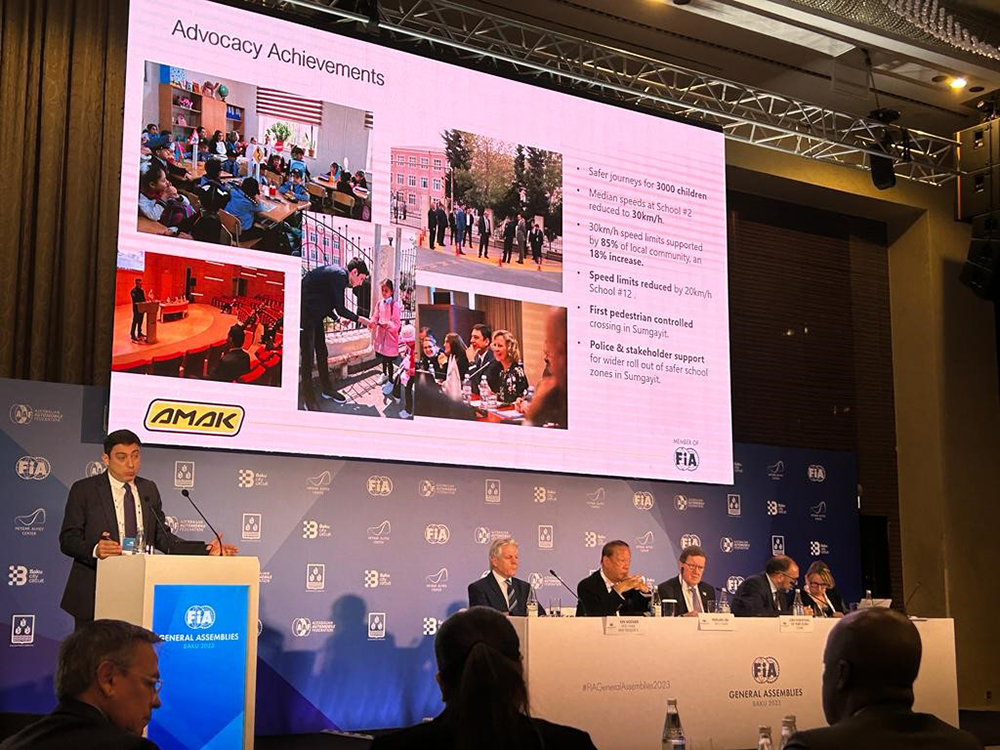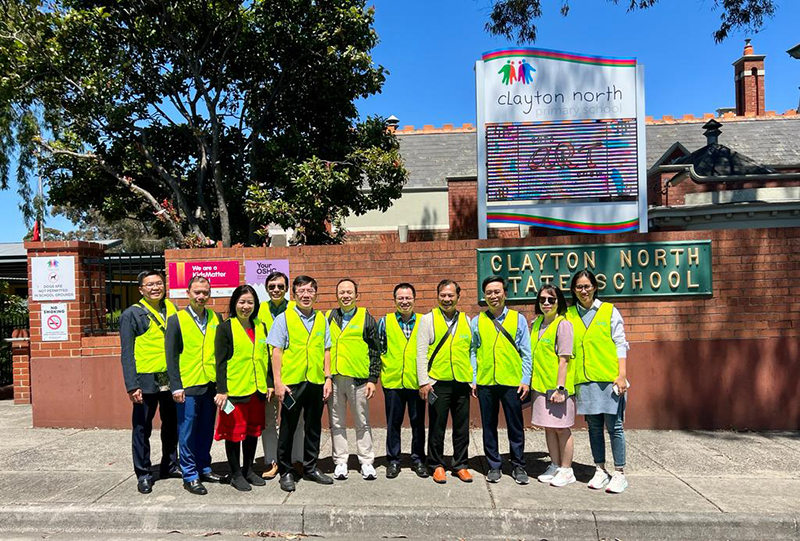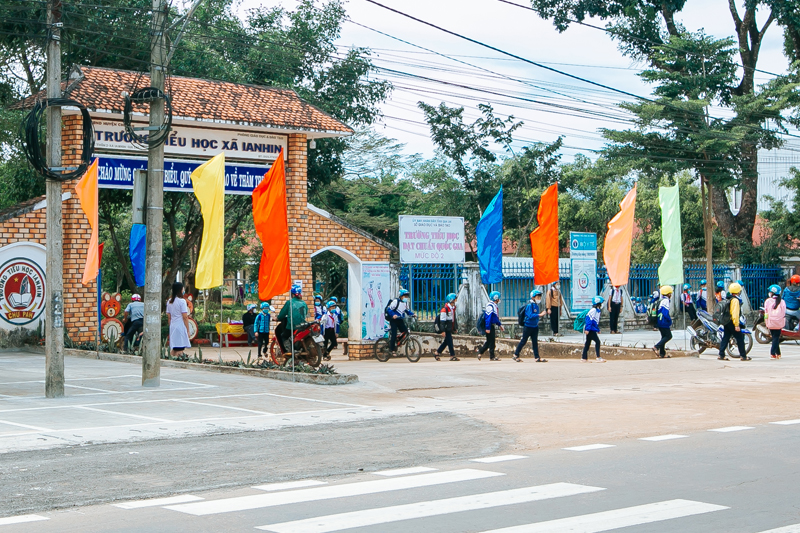EASST Road Safety Education Pack becomes part of curriculum in Moldova
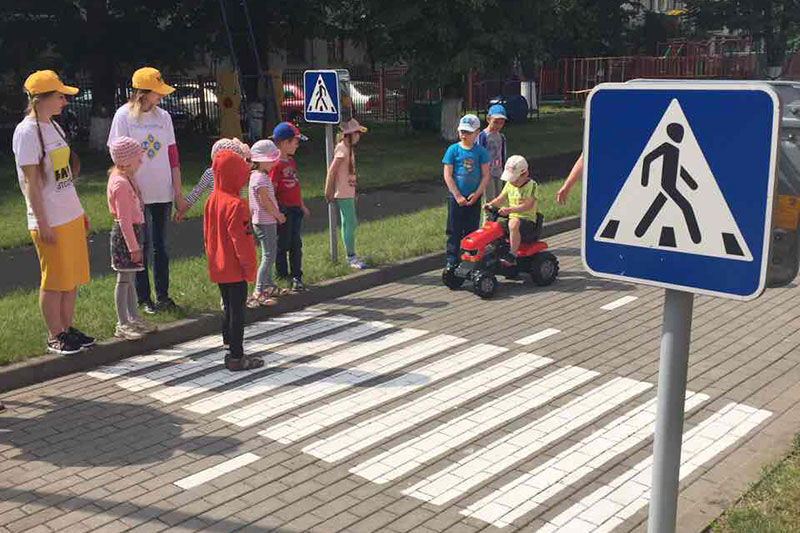
The Road Safety Education Pack developed by the FIA Foundation partner, the Eastern Alliance for Safe and Sustainable Transport (EASST), has become Moldova’s official road safety learning resource in schools throughout the country.
Each day, more than 500 children die on the world’s roads, and road crashes are the biggest killer of young people in every region. Education, in addition to infrastructure investment and improved road safety legislation and enforcement, is a vital component to ensure safer journeys for all.
However, EASST, which runs programmes with local partners across Eastern Europe, Central Asia and the Caucasus, established that much of the region’s school education on road safety was focused on memorising road signs and reciting legislation, which had little practical impact on children’s safety. It was time for a more child-friendly educational pack, which EASST developed in cooperation with its local road safety partners and highly experienced international road safety expertise, including the UK Government’s Think! Campaign. The Road Safety Education Pack is a free, global resource for teaching basic road skills to children and focuses on examples and scenarios that children can relate to in their daily lives, providing them with practical skills and knowledge to stay safe on the roads on their journeys to school and trips out with friends.
Moldova, which has a population of just 3.6 million, saw 13 children die as vehicle passengers, and a further five as pedestrians, in 383 road crashes during 2017. A vote by the Moldovan parliament in April 2018 introduced the Pack in the national curriculum. The Speaker of the Parliament, Andrian Candu, said: “It is important and crucial to have road safety discipline in the curriculum … [it] will make teachers and even parents more responsible, but children also will be more involved in road safety activities and initiatives… This new discipline with such an educational module of support for grades 1-12 should introduce special and dedicated, separate lessons along with activities, campaigns and school events.”
Since 2016, the pack has an impressive track record. Teachers in Chaina, Greece voted the Pack the best initiative of the year at their schools, and as a result the Municipality of Chania is now paying for the print costs and facilitating roll-out in all the schools across the region.
The pack is now also travelling across the Atlantic. In partnership with another Foundation partner, the Fundación Gonzalo Rodríguez, EASST is developing a Spanish version for Latin America. This version will include new content on seat belts and child restraints which can be adapted to local laws and contexts.
It is this move away from ‘one size fits all’ to road safety education which makes the Pack so attractive as a safety tool. It is divided into three sections targeted at children under six, six to 11 year olds and 12 to 14 year olds. In some cases, EASST has tailored the illustrations to reflect ethnic and geographical differences. For some countries, the availability of an educational resource in a local language has been transformational. For example, Kyrgyzstan had no road safety resources available in the Kyrgyz language before the Pack was introduced by EASST partner, PA Road Safety. Schools in rural areas had to rely on older Russian materials even though the children do not speak Russian.
The Pack is continuously in development to ensure that it provides the most useful and locally relevant training.
Emma MacLennan, EASST Director, commented: “What we want is for this Pack to be used by local partners, teachers, community groups and for them to make it theirs. They can put their logo on it, they can adapt it to local circumstances.”
